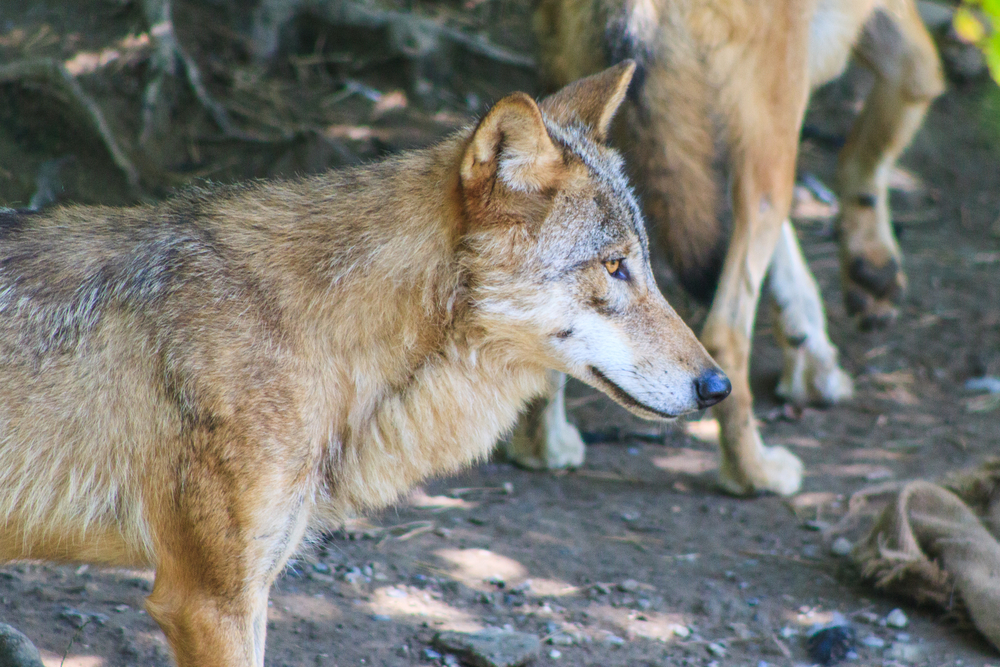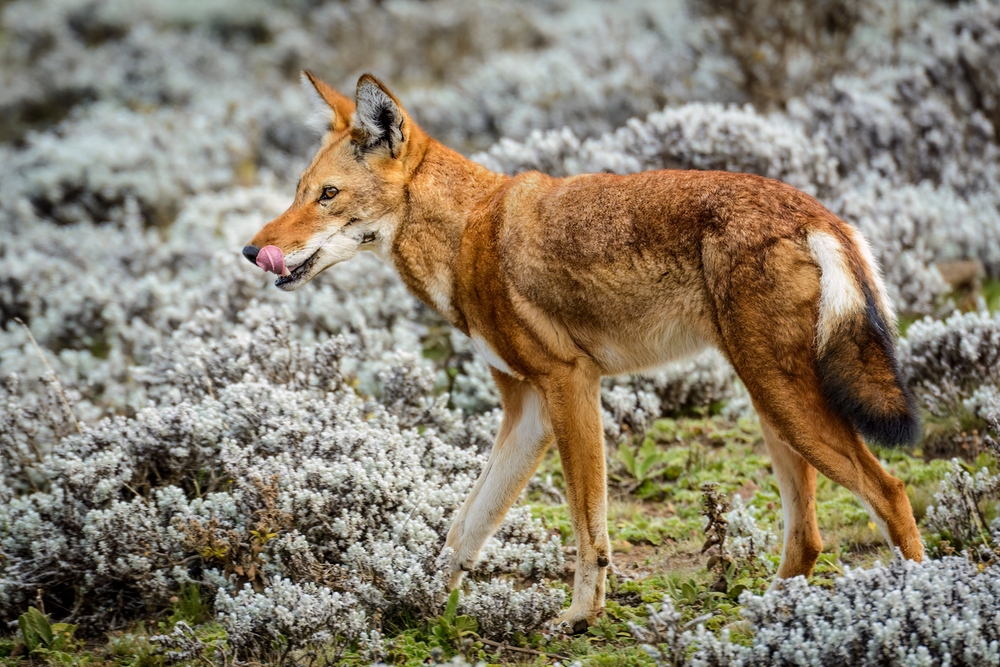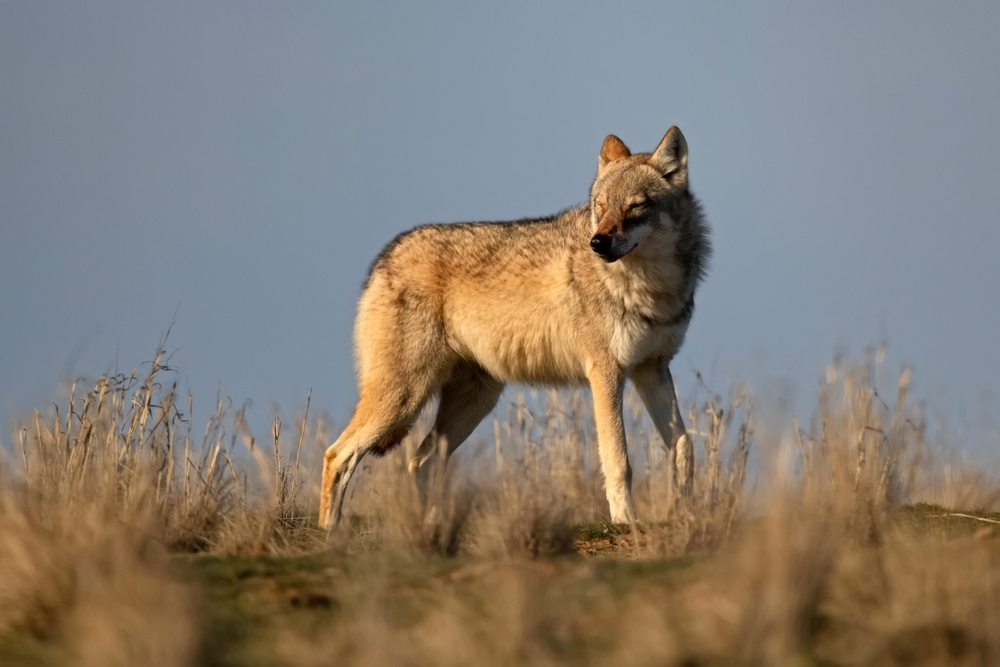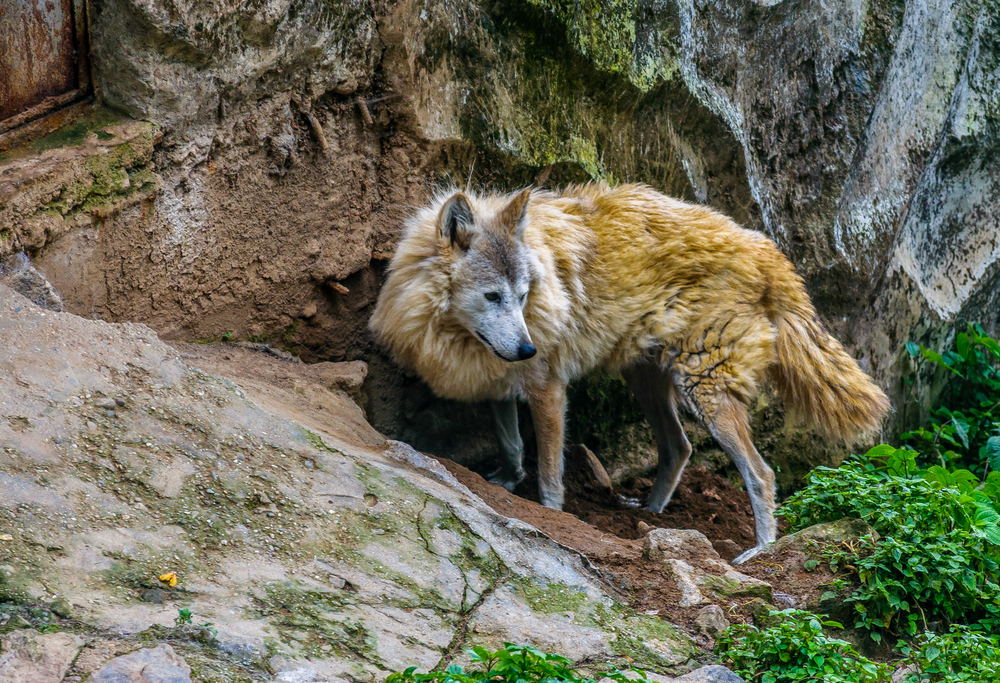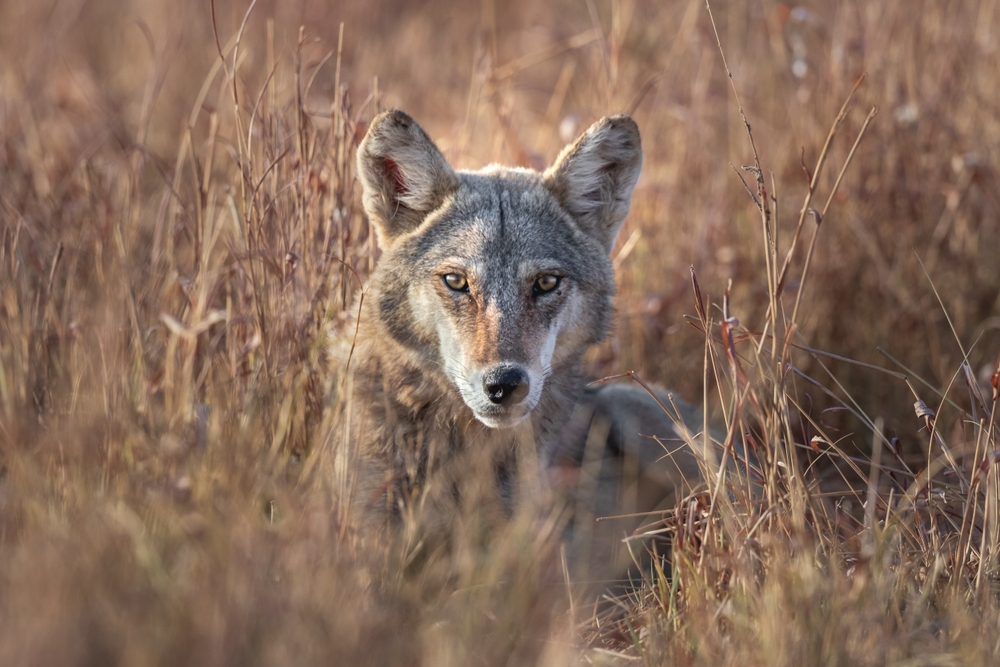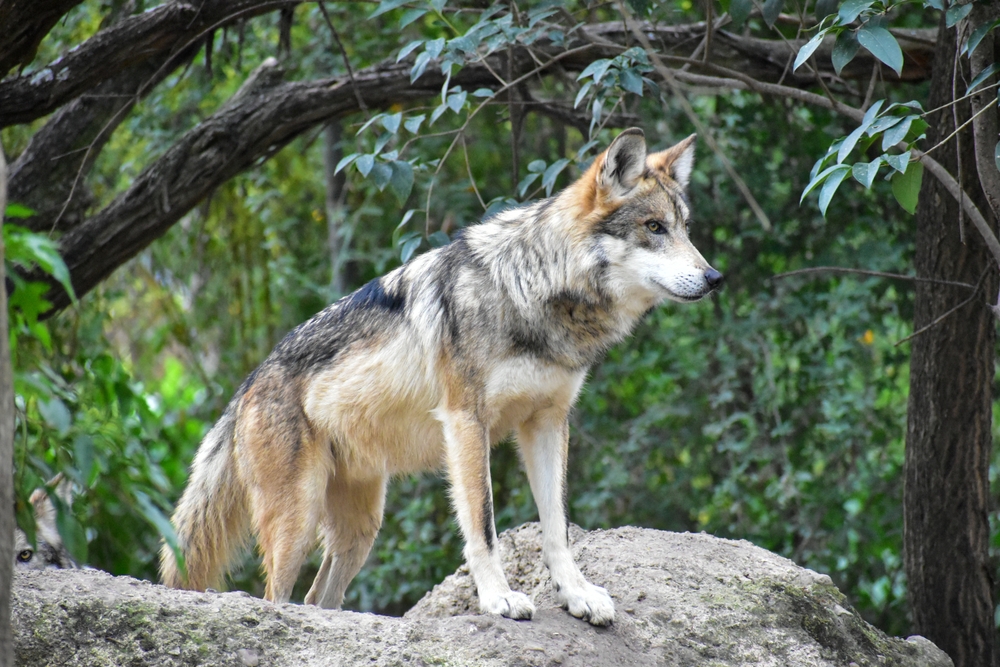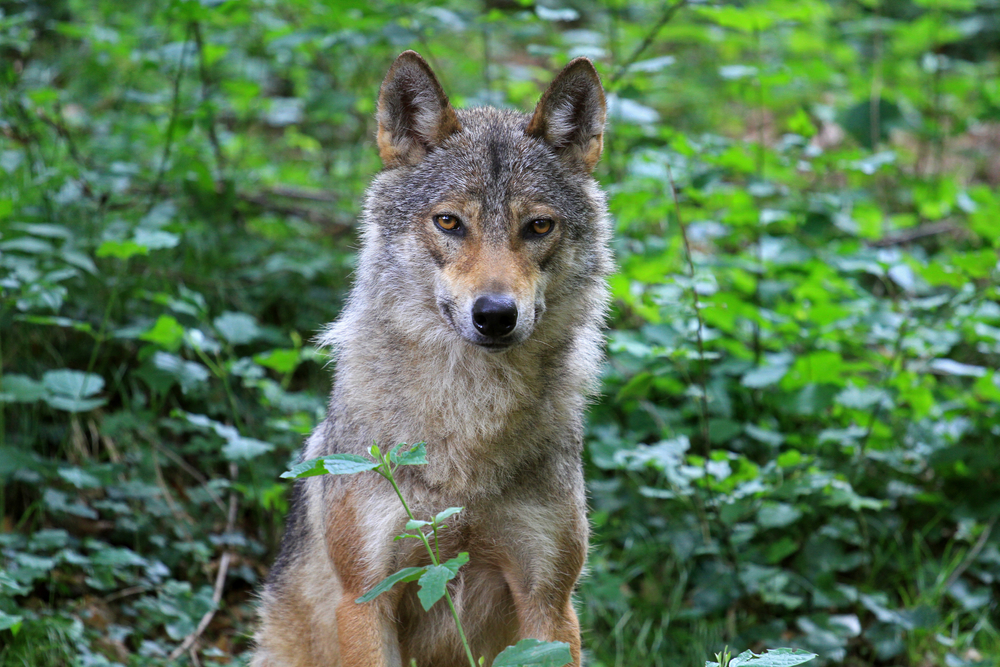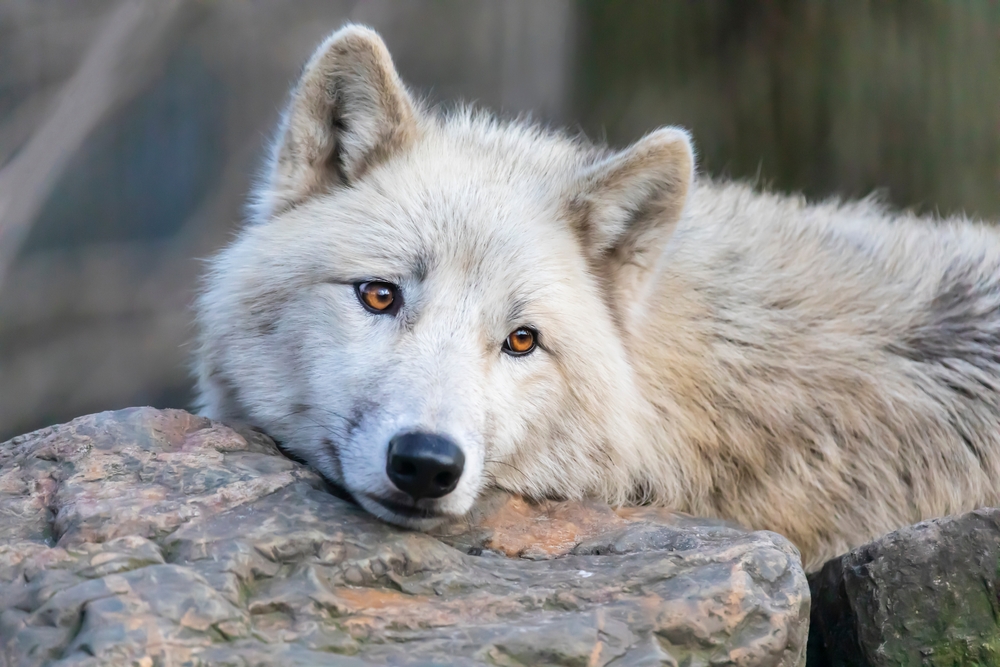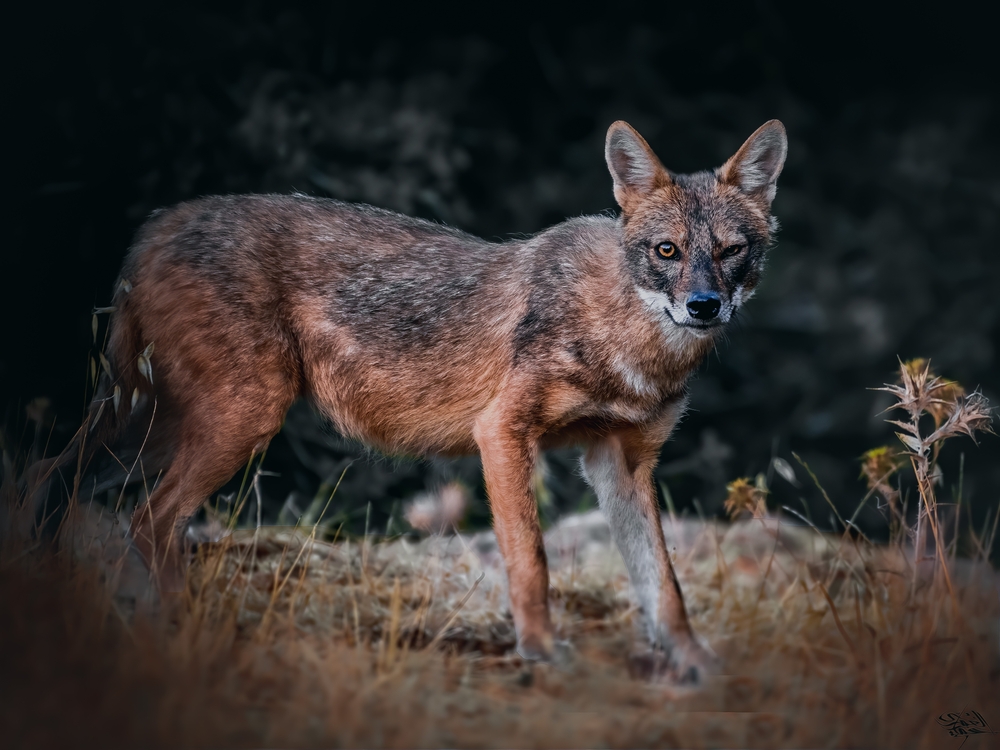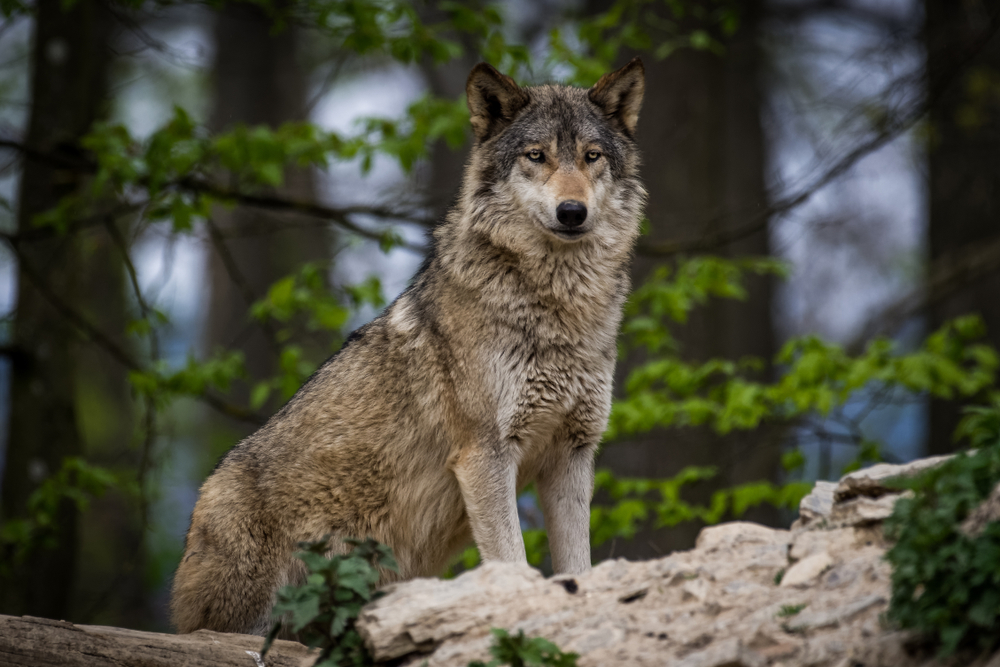Reproduction
Mongolian Wolves (Canis lupus chanco) are monogamous animals, forming long-term pair bonds that endure through multiple breeding seasons. Breeding typically occurs once a year, with the mating season beginning in late winter, around January to March. Pairs may show strong social cooperation during this time, including grooming, vocalizations, and close companionship.
Gestation Period:
After successful mating, the female undergoes a gestation period of approximately 63 days. By late spring—typically in April or May—she gives birth in a secluded den, often a burrow, rock crevice, or thicket, chosen for protection and shelter from Mongolia’s harsh weather and potential predators.
Birth and Litter Size:
The female usually gives birth to 4 to 6 pups, though litters can range from 2 to 8, depending on environmental conditions, food availability, and the health of the mother. At birth, the pups are blind, deaf, and helpless, weighing less than 1 pound (0.45 kg). They rely entirely on the mother’s care during the early weeks of life.
Parental Care and Social Structure:
Both parents are involved in raising the pups. The male provides food for the nursing female and later for the entire litter by regurgitating partially digested prey. Pups open their eyes around 10 to 14 days after birth and begin exploring outside the den by 3 to 4 weeks of age. By 6 to 8 weeks, they are weaned and gradually introduced to solid food.
Learning and Dispersal:
Pups remain with the pack through the summer and into autumn, learning critical survival skills such as hunting and social behavior. Around 6 to 10 months of age, young wolves may begin to accompany adults on hunts. Most juveniles disperse from the natal pack between 12 to 24 months, seeking mates and establishing their own territories, though some may stay and support the family group, especially in prey-rich environments.
Reproductive Maturity:
Mongolian Wolves reach sexual maturity at about 2 to 3 years of age, though actual breeding may be delayed if the wolf remains in a non-breeding, subordinate role within a larger pack. Environmental pressures and social hierarchy often determine when and if a wolf gets the opportunity to reproduce.
The Mongolian Wolf’s reproductive cycle reflects a finely tuned adaptation to the steppe and mountain ecosystems of Central Asia, balancing seasonal rhythms, social cooperation, and survival in one of the world’s most rugged climates.



































































